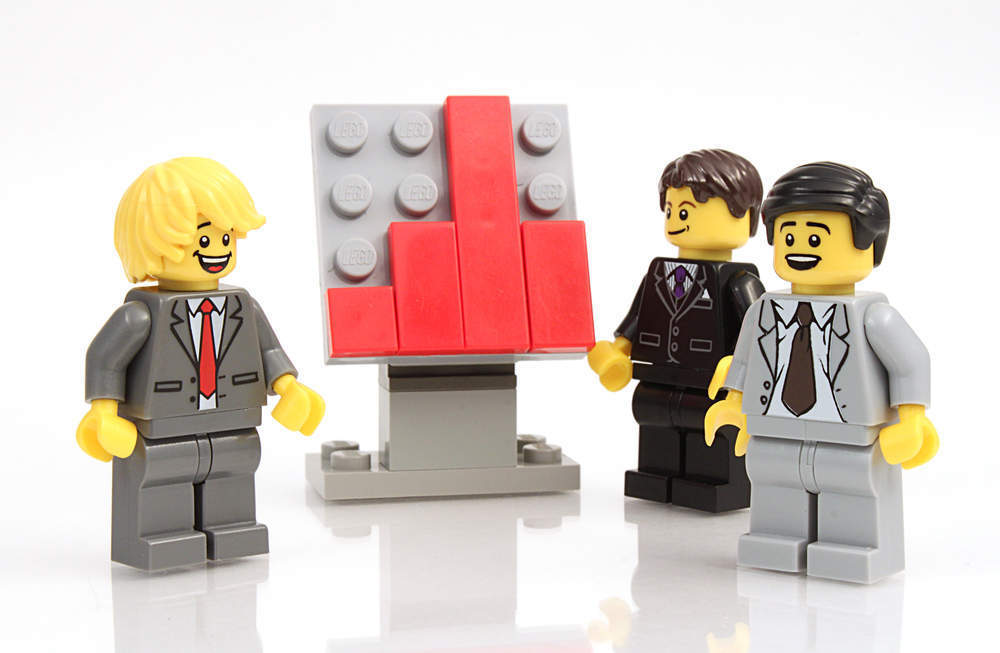
Lego has suffered a tough year in 2017.
The plastic brick maker’s revenue for 2017 dropped by 8% to $5.8 billion, compared to $6.3 billion in 2016, while pretax profits slid 18% to $1.7 billion.
This was the first time the company’s revenue and profit had fallen for 13 years.
However, Lego is planning expansion in Asia — and China specifically — where sales enjoyed double digit-growth last year.
What has Lego said about the decline in profits?
In a press release accompanying the results, Lego chief executive Niels Christiansen expressed the company’s disappointment with the results:
“2017 was a challenging year and overall we are not satisfied with the financial results. However, we ended the year in a better position. In December, consumer sales grew in seven of our 12 largest markets and we entered 2018 with healthier inventories. In 2018, we will stabilise the business and invest to build sustainable growth in the longer-term.
How well do you really know your competitors?
Access the most comprehensive Company Profiles on the market, powered by GlobalData. Save hours of research. Gain competitive edge.
 Company Profile – free sample
Company Profile – free sampleThank you!
Your download email will arrive shortly
Not ready to buy yet? Download a free sample
We are confident about the unique quality of our Company Profiles. However, we want you to make the most beneficial decision for your business, so we offer a free sample that you can download by submitting the below form
By GlobalData“During 2017, revenue in our established markets declined, primarily due to actions we took to clean up inventories. This decline impacted our operating profits. We also simplified and reduced the size of the organisation to meet current business requirements and these difficult actions are now complete. Our balance sheet, cash flow and profitability, remain sound.
“We started 2018 in better shape and during the coming year we will stabilise the business by continuing to invest in great products, effective global marketing and improved execution. There is no quick-fix and it will take some time to achieve longer-term growth.”
What’s next for Lego?
Despite the fall in profits, from a consumer point of view, Lego is still selling well in its traditional European and North American markets.
While revenue did decline in these regions, total consumer sales in some of these markets actually increased. Lego cite the final few months of 2017 as showing a marked uptick in the number of sales. It pledged to work with retailers to do more to increase sales in 2018.
However, perhaps the most interesting element of Lego’s official statement on these results is its interest in China.
Revenue in that region grew by double digits in 2017 and the company has previously announced a partnership with Chinese internet company Tencent.
It will also expand its operations in the Middle East and Africa with a new office based in Dubai.
A green future?
While it may be struggling to make the green in one sense of the term, Lego is definitely making green in quite another.
In May 2017, Lego achieved its energy goals to “balance 100% of its energy consumption with energy from renewable sources”.
This success was three years ahead of Lego’s own target for the change. Lego claims to be the first toy company to actually meet such a target.
The company also pledged to use 100% sustainable materials in its products by 2030.
To that end, Lego have also announced so-called bio-bricks. These are a new variety of Lego brick created using plant-based plastic from sugar cane.
According to Tim Brooks, Lego’s vice president of environmental responsibility, the plant-based parts are technically identical to traditional oil-derived plastics:
“At the Lego Group we want to make a positive impact on the world around us, and are working hard to make great play products for children using sustainable materials.
“We are proud that the first Lego elements made from sustainably sourced plastic are in production and will be in Lego boxes this year. This is a great first step in our ambitious commitment to making all Lego bricks using sustainable materials.
“Lego products have always been about providing high-quality play experiences giving every child the chance to shape their own world through inventive play.
“Children and parents will not notice any difference in the quality or appearance of the new elements because plant-based polyethylene has the same properties as conventional polyethylene.”
Appropriately, the soft, durable polyethylene plastic will at first be used for Lego plants. The plant-based plastic will be used for Lego trees, shrubs, leaves, and grass.
Lego will release the first sets using these’bio-bricks later in 2018.





